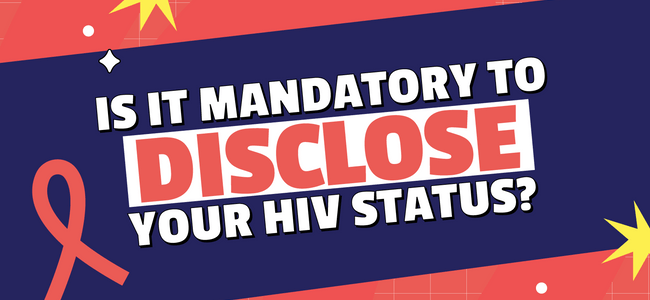What is tubal ligation?
Tubal ligation, also known as “tubal sterilization,” “female sterilization,” “bi-tubal ligation,” “voluntary surgical contraception,” “mini lap,” “tubectomy,” “the operation,” or “getting your tubes tied,” is a permanent form of contraceptive that blocks the fallopian tubes to prevent women from getting pregnant. It is a surgical procedure designed for people with no intention of having children or more children if they are already a parent (1).
The word tubal means fallopian tube. An egg that is released by the ovary travels to the uterus through the fallopian tube.
The word ligation means to block or tie something off. The tying of the fallopian tubes prevents the egg from traveling down the tube to meet the sperm for fertilization.
Just like a vasectomy (permanent contraception for men), a tubal ligation is intended to provide permanent, long-lasting, and very effective protection from getting pregnant. In most cases, a reversal is not possible with this method and any attempt to reverse it is usually difficult, expensive, and not easily available. Even when a reversal surgery is performed, there is no assurance that it will lead to pregnancy. Only 50–80% of people who have had their fallopian tubes reattached will be able to get pregnant (2).
When is female sterilization a good option?
– If the pregnancy would cause serious health issues.
-If there is a medical reason why you or your partner should not ever get pregnant, sterilization might be a good option.
– You know for certain that you do not want to become pregnant.
How effective is tubal ligation?
A tubal ligation is one of the most effective contraceptives. However, there is a small risk of failure.
Within the first year of having a tubal ligation, less than 1% of people will get pregnant. This translates to only 5 out of 1,000 tubal ligations. Beyond the first year, up to when a woman reaches menopause, a small risk remains. Within 10 years of use, about 2% of people will get pregnant (18–19 women for every 1,000).
While the risk of pregnancy is low across all the tubal ligation techniques, the effectiveness of each method varies a bit, based on how the fallopian tubes were blocked. Those who have a ligation immediately after giving birth have the lowest risk of pregnancy (3).
When can tubal ligation be done?
– Tubal ligation can be done at any time of the month as long as it has been determined that you are not pregnant.
– If it is done within seven days after the beginning of your monthly period, there won’t be any need to use another contraceptive before the procedure.
– If more than seven days have passed since the beginning of your last monthly period, you can have the procedure any time as long as you are not pregnant.
– If you are switching from oral contraceptives, you can continue using pills until you have finished the pack to maintain your regular cycle.
– If you are switching from an IUD, you can have the tubal ligation procedure immediately after it is removed.
– If you want the procedure done after giving birth, it can be done within seven days or six weeks after giving birth, as long as it has been determined that you are not pregnant.
– If you have had a miscarriage or an uncomplicated abortion, a tubal ligation can be done within 48 hours.
– If you have taken emergency contraceptive pills, a tubal ligation will be immediately effective if you have it done within seven days after the start of your next menstrual period (4).


